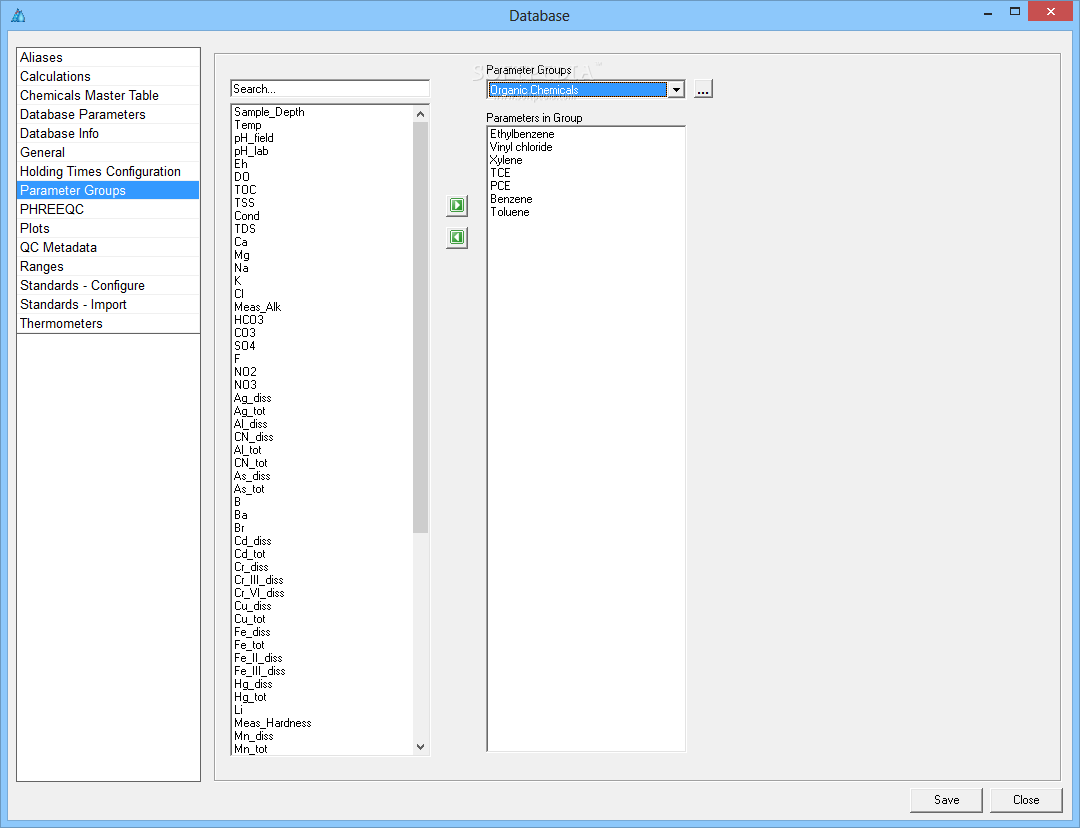
Groundwater abstraction in the study area. In the area of study topography varies significantly. Pulley system is also used by few farmers. It is a conventional lever action hand pump. Afridev hand pump is a manually operated pump that uses human power to lift water from a depth of 10 to 45 m. The pumping is activated by stepping up and down on a treadle, which are levers, which drive pistons, creating cylinder suction that draws groundwater to the surface.

Unlike other types of pumps, it sits on top of the well.

Treadle pump is a human-powered suction pump designed to lift water from a depth of seven meters or less. Treadle pump and Afridev hand pumps ( Figure 2) are used for abstraction of the groundwater. It is extracted using hand dug wells, more than 156 are found in different parts of the sub basin. Groundwater is the main source of water supply for local domestic and irrigation uses. It is located about 55 km south of the Mekelle city, capital of Tigray region, bounded by latitude 1,467,000 to 1,476,000 m N and longitude 523,000 to 530,000 m E ( Figure 1). The study area, Hantebet sub basin, 24.4 km 2, forms part of Takeze basin, Tigray region, northern Ethiopia. These include, initial composition of rain, degree of chemical weathering, geology of the area, overlying land uses, recharge sources, nearness to the seaside, aquifer type, aquifer depth, anthropogenic, time etc. However, there are many factors that determine the chemical composition of the groundwater. Groundwater gets its chemical character from the rocks and sediments through which it percolates by different geochemical processes. However, groundwater that serves as a source of water supply varies in its chemistry throughout the country depending on the geological, anthropogenic and other conditions. Hand dug wells, boreholes and springs are developed and used to meet the demands. Especially in the arid and semi-arid parts of the country it remains the sole source of water supply for different uses. Like in many countries, groundwater is the main source of water supply for domestic, irrigation, livestock’s and industrial uses in both urban and rural areas of Ethiopia. According to United Nations Environment Program report (UNEP) approximately one-third of the world’s population depends on groundwater for drinking purpose. Groundwater is the world’s largest accessible freshwater and an important resource for domestic water supply, irrigation, livestock’s, and industrial uses as well as for global food security. Since, this study is based on groundwater from hand dug wells, the conclusions of this study should be further verified using groundwater from deep wells that are drilled in these successions.

The intercalated shale beds are the source of sodium and chloride ions. Dissolution of calcite and gypsum, and hydrolysis of feldspars, plagioclase, biotite and pyroxene are the major geochemical processes that control the chemistry of groundwater in the area. Among eight hydrochemical facies identified, Ca-Na-HCO 3 (40%), Ca-HCO 3 (20%), Ca-Mg-Na-HCO 3 (10%) and Ca-Na-HCO 3-SO 4 (10%) types dominate water chemistry.

Ca 2+, Na +, HCO - 3 and SO 2- 4 are dominant ions compared to Mg 2+, K +, and Cl - ions which show low to very low concentrations. The results indicate that groundwater is acidic to neutral, fresh, and hard to very hard. The major water bearing formations are gravely sand, weathered shale and weathered and fractured limestone, and intercalated weathered and fractured limestone and mudstone. Twenty groundwater samples were collected from hand dug wells using depth-integrated sampling techniques from both confined and unconfined aquifers. The sub basin is dominated by Paleozoic-Mesozoic sedimentary successions. Groundwater is the main source of water supply in the sub basin extracted using hand dug wells, for domestic, irrigation and livestock uses. This was done by considering a sedimentary aquifer basin, namely the Hantebet sub basin (24.4 km 2), Tekeze basin, northern Ethiopia. The present paper provides evidence of the possible impact of shale-limestone-mudstone successions aquifers on groundwater chemistry by assessing the different hydrogeochemical processes.


 0 kommentar(er)
0 kommentar(er)
